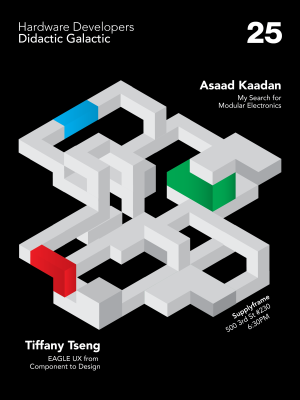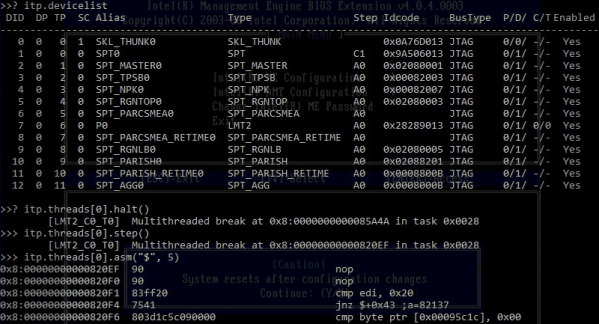The name Cray, as in [Seymour Cray] is synonymous with supercomputing. If you hurry, you can bid on a Cray J90/J916 on eBay. You might want to think about where to put it though. It is mounted on a trailer, requires 480V, and the shipping is $3,000!
First introduced in 1994, the J90 was an “entry level” machine. This particular machine supported up to 16 CPUs (each CPU was actually two chips) running at a blazing 100 MHz. The memory system was more impressive, achieving 48 GB/s.
The Cray T90 computer was much faster (and more expensive) but none of these computers had the performance of a typical PC’s graphics card these days. Even your phone may have more raw computing power, depending on how you choose to measure. Don’t fear, though. Cray Research still makes supercomputers that can eat your phone for lunch.
Still, at the time, this was big iron. The I/O system used SPARC processors that would have been entire workstations in that era. The eBay listing says it might need a little work — we weren’t clear if the seller meant in general or just the cooling system, but you can assume this is a fixer-upper. Apparently, the Retro-Computing Society of Rhode Island restored a similar beast so it can be done.
If your holiday budget doesn’t have room for a real supercomputer, here’s one that is 1/10 the size and much less expensive. Or, you could just pretend.



















